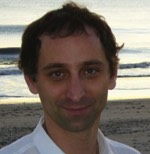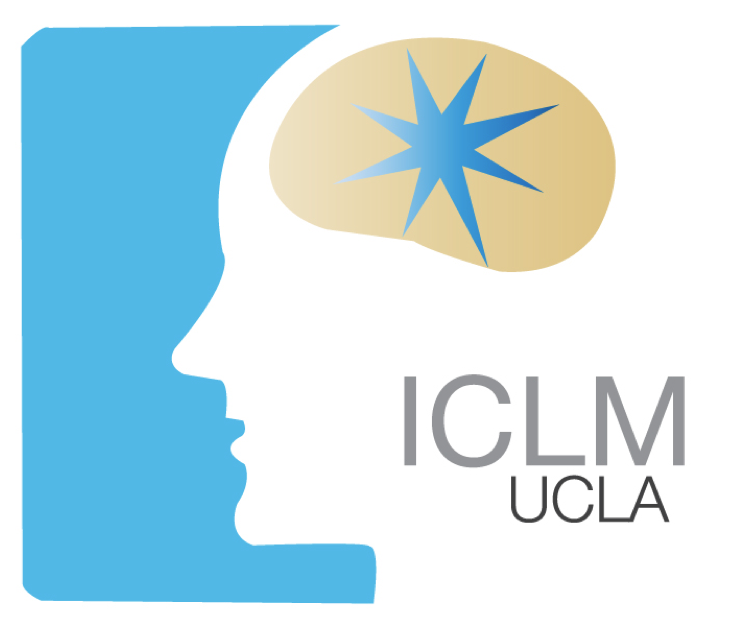
Dean Buonomano
The primary goal of the Buonomano laboratory is to understand how functional computations emerge from networks of neurons, and particularly how the brain tells time. Temporal processing is the ability to distinguish the interval and duration of sensory stimuli, and is a fundamental component of speech and music perception. To answer these questions his laboratory uses a variety of techniques, including in vitro electrophysiology, computer simulations and human psychophysics.
He is the author of the widely publicized and very successful book entitled, “Brain Bugs: How the brain’s bugs shape our lives.”
Lab web site
Recent Publications
Laje R, Buonomano DV (2013) Robust timing and motor patterns by taming chaos in recurrent neural networks. Nat. Neurosci. 16:925-933. News and Views of this paper
Carvalho, T.P. and Buonomano, D.V. A novel learning rule for long-term plasticity of short-term synaptic plasticity enhances temporal procesing. Frontiers Integrative Neurosci. 5:61 2011.
Johnson, H.A. and Buonomano, D.V. Neural dynamics of in vitro cortical networks reflects experienced temporal patterns. Nature Neuroscience 13: 917-919, 2010.
Buonomano, D.V. and Laje, R. Population clocks: motor timing with neural dynamics. Trends in Cognitive Science. 14: 520-527, 2010.
Carvalho, T.P. and Buonomano, D.V. Differential effects of excitatory and inhibitory plasticity on synaptically driven neuronal input-output function. Neuron 61: 774-785, 2009.
Buonomano D.V. and Maass W. State-dependent Computations: Spatiotemporal Processing in Cortical Networks. Nat. Rev. Neurosci. 10:113-125, 2009.
 I.C. Learning & Memory
I.C. Learning & Memory